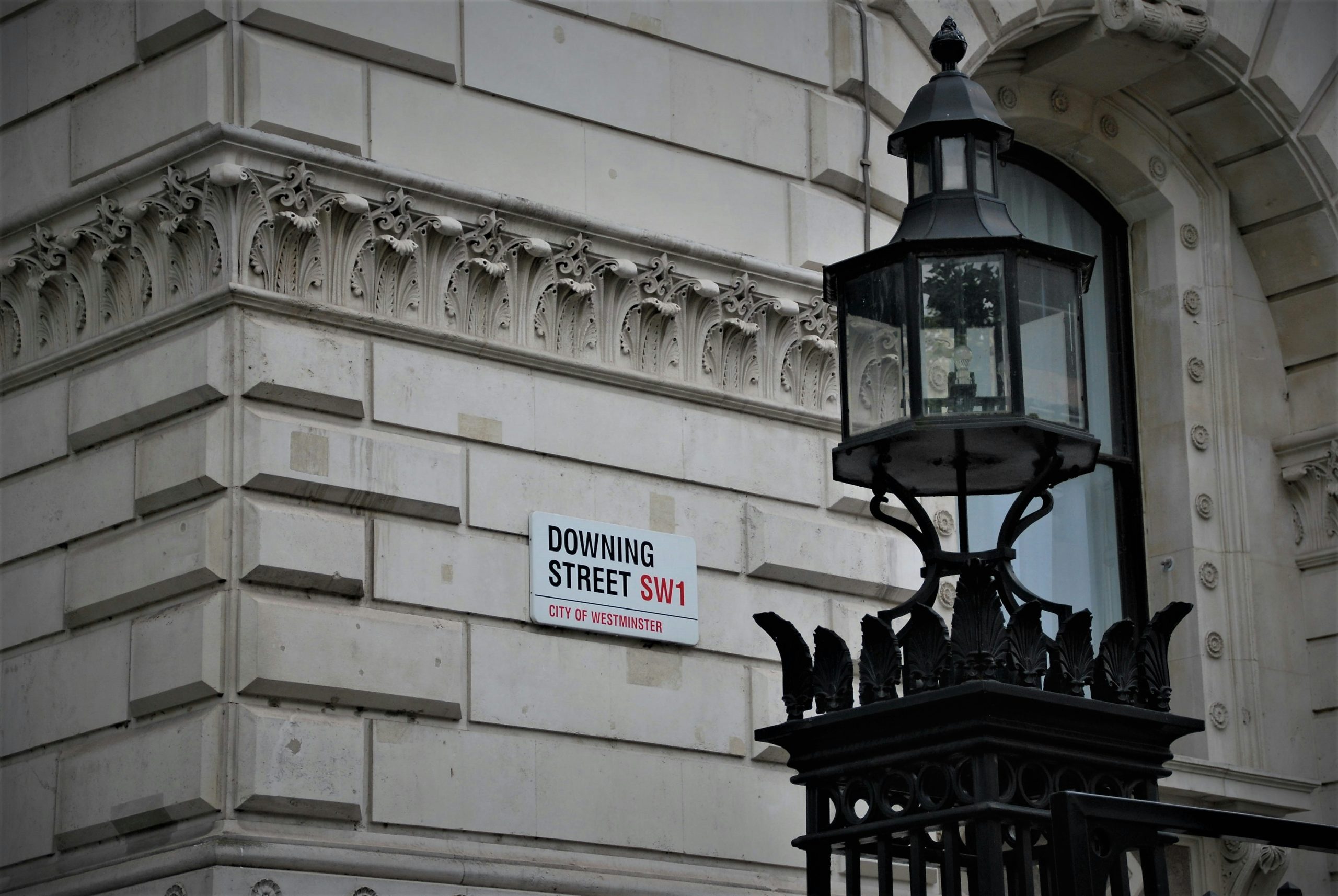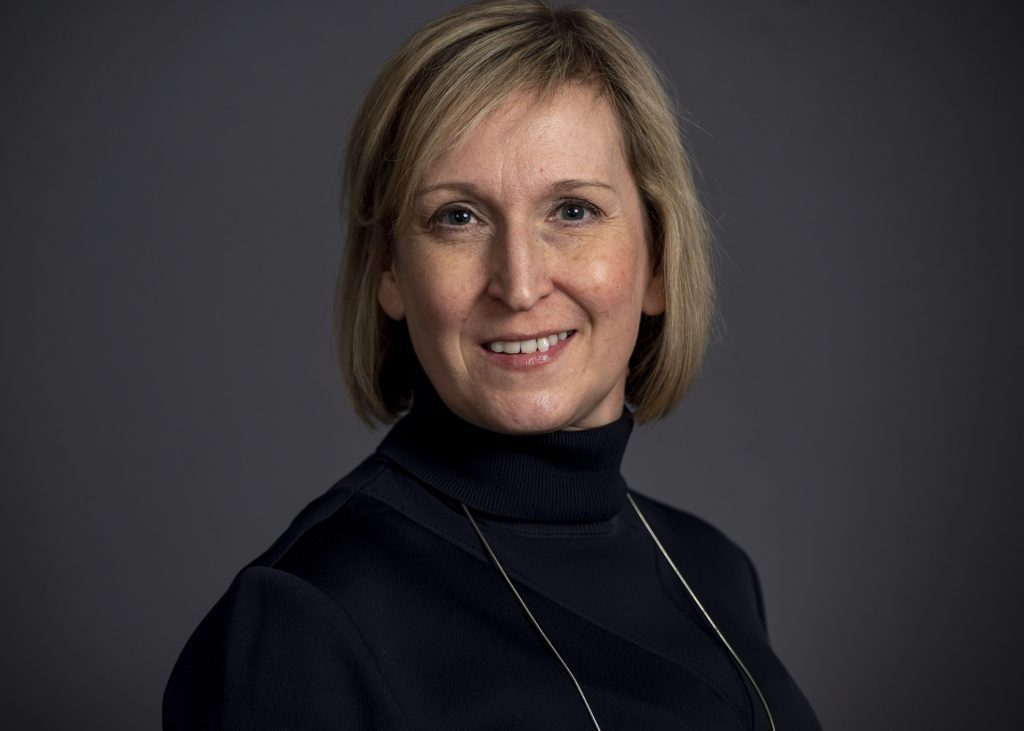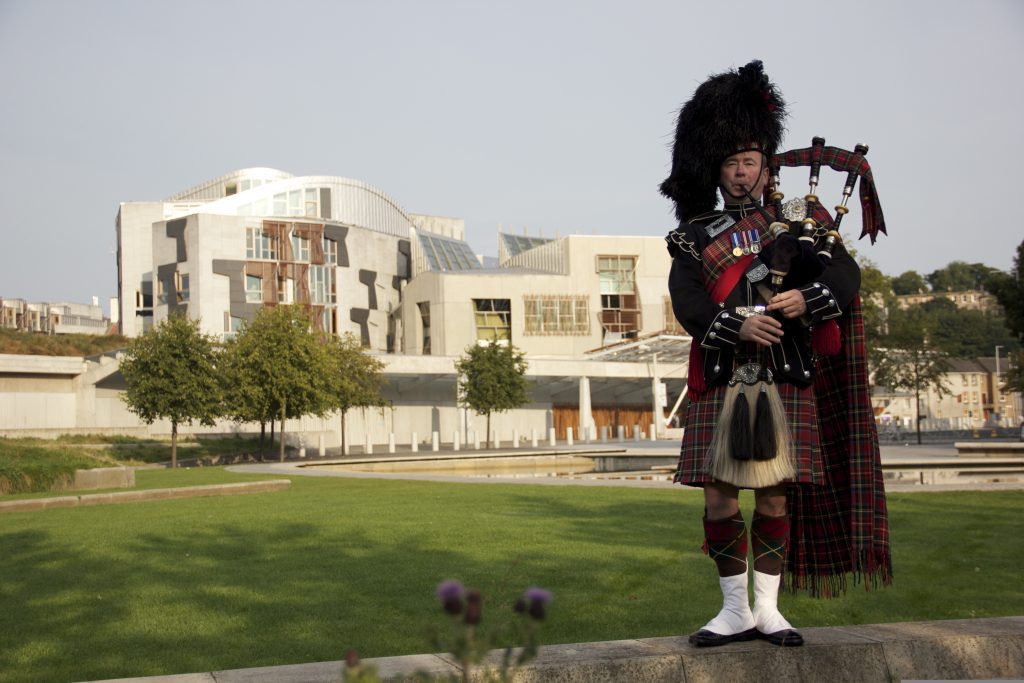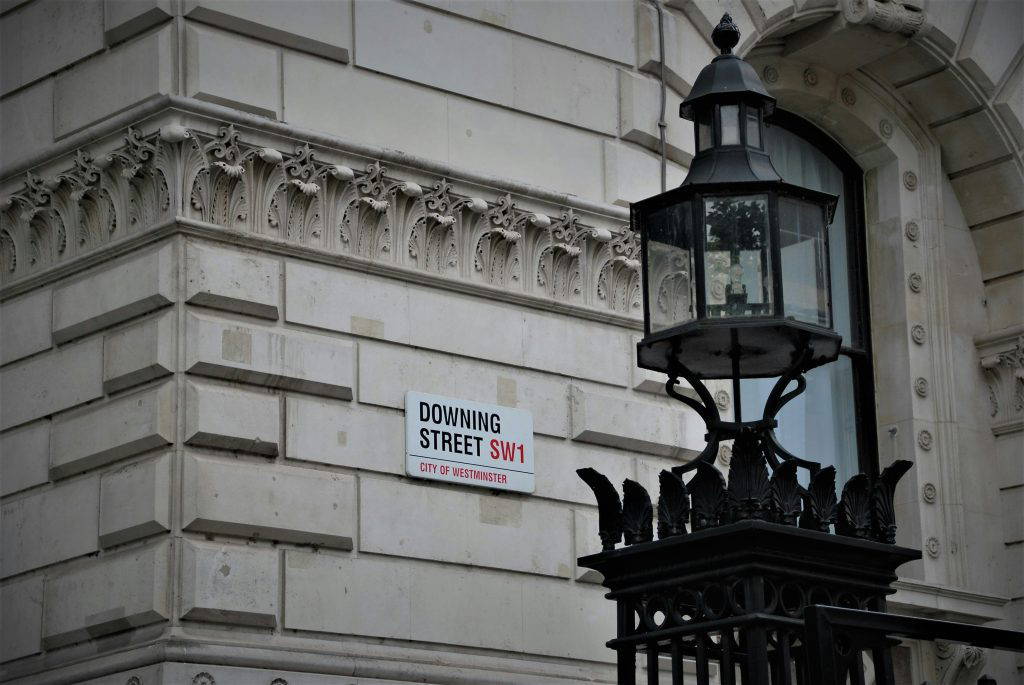Of the main events from this campaign, two things really stand out. Firstly, the absolute collapse in support for the Conservatives and secondly, the rise from almost nowhere of Reform UK under the leadership of Nigel Farage.
How to deal with Reform UK from a public affairs perspective is an interesting topic and one that I may return to in the future. However, for this one, I’m going to concentrate on the polls and what they tell us about the expected results.
One strong characteristic of this campaign is that the media and commentators have been using historical elections as a means of measuring how bad things are for the Tory Party. At the start, we were warned things were so bad for Rishi Sunak that we could be looking at a rerun of 1997 – essentially the last time Labour won what Boris Johnson might call a ‘whopping majority’. As the campaign progressed and things got steadily worse for the PM, the alternative scenario was floated of a 1945 general election when Winston Churchill famously lost to Labour under Clement Attlee. Fittingly perhaps, this was around the time when Rishi Sunak made his infamous D-Day commemoration gaffe when, instead of marking the liberation of Europe with A-list world leaders like Joe Biden and Emmanuel Macron, he returned early to London for an interview with ITV News.
If you were thinking offending D-Day veterans and snubbing the leaders of the free world was just about as bad as it gets, the Conservative Party had one more trick up its sleeve. The news broke that (allegedly – it’s still under investigation) several members of the PM’s top team had been placing bets on the timing of the general election. The implication is they were looking to use insider information to cash in on the PM’s decision to unexpectedly go for a summer election. At a time when the reputation of the Conservatives for acting in the wider public interest is lower than ever, this latest blow to their election chances is about as welcome as Liz Truss at a lettuce farm.
So with 1945 no longer making the grade in terms of expected electoral calamity, it was time to look back even further – to 1906. At that election, the Conservatives had their worst-ever result, losing over 250 seats including – ominously – the seat held by former PM Arthur Balfour in Manchester East. That is certainly not a precedent any Conservative leader, however much they love the party’s history, wants to revisit.
So will it be 1997, 1945 or even 1906 for the Tories? Only time will tell, but right now it looks like Things Can Only Get Better for them – and that’s not a subtle way of putting our cards on another repeat of the ’97 result.
What I actually want to do is chuck another couple of dates into the mix. For someone of my age, they’re much more relevant – 1983 and 1987. Both general elections resulted in large majorities for the Conservatives. However, it’s the third-place party I want to focus on.
In the early 1980s, a group of Labour MPs, including former Cabinet Ministers, left the party to set up a more centrist left-leaning party called the Social Democratic Party (SDP). They initially attracted widespread support due to the perception Labour had shifted left under Michael Foot and Tony Benn. At both the 1983 and 1987 general elections, the SDP formed a partnership with the Liberals known as the SDP–Liberal Alliance (Alliance for short).
So how did this new third force in British politics perform? The short answer is that in terms of votes, it did pretty well. In both elections, the Alliance got over 7 million votes, giving them 25 and 22 percent of all ballots cast. So if they received almost a quarter of the votes, how did this translate into actual seats in Parliament? In 1983 they managed to win 23 seats, and in 1987 this figure dropped to 22 – out of a total of 650.
So a party polling relatively well and challenging the two main parties effectively still fell well short in Parliament. The partnership was eventually dissolved in 1988, and the SDP and Liberals finally merged (mostly) to create the Liberal Democrats in the early 1990s.
The lesson here is that small parties really need to get at least 30% of the vote across the country to make an impact. Reform UK is – now at least – not doing that. Despite their recent ‘surge’, we can expect them to pick up a small number of seats. Clacton looks good for Nigel Farage, and former leader Richard Tice might win in Boston & Skegness. Elsewhere it’s much harder to see where Reform UK will break through at this election, at least.
And how about the SDP? Bizarrely, a small group of committed activists refused to merge with the Liberals and continued to campaign for the party. This time around, the SDP will field 122 candidates and has published a manifesto. The 1980s experience of partnership hasn’t dismayed them either. This time around, the “patriotic, economically left-leaning, and culturally traditional” party has formed a new alliance – with Reform UK. Perhaps the popularity of 1980s nostalgia exemplified by TV shows like Stranger Things will help them this time round. Or maybe they’ll be Running Up That Hill to the (never-reached ) – “sunlit uplands” predicted by Brexiteers like Jacob Rees-Mogg. Let’s see what 4th July holds.






